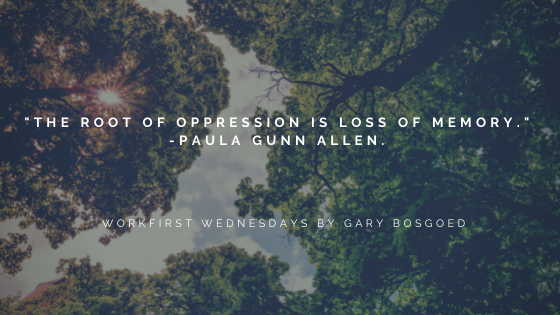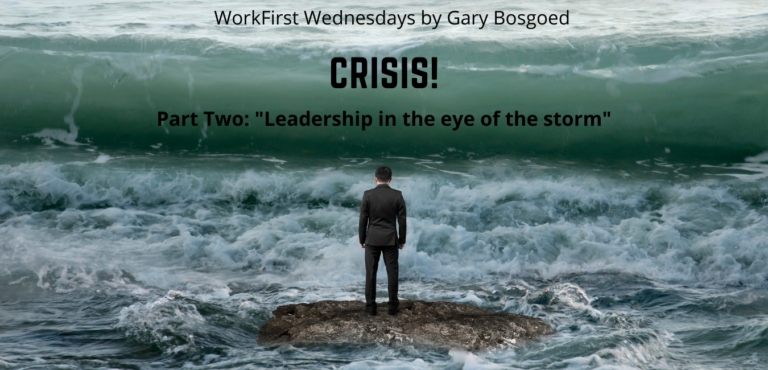In light of the discovery of the remains of 215 First Nations children at the former Kamloops Residential School site, I wish to contribute one of my personal residential school stories for this week’s blog post. In honour of those children, their families, and the grief many of us are experiencing, we will not be posting our usual content this week.
Last week, I was reminded of a particular story while watching the CBC interview with Chief Mike Starr of the Star Blanket Cree Nation in Treaty #4 territory. Three successive schools were operated on that site between 1884 and 1998. The Star Blanket Cree Nation took over operation of the school in 1973. That’s almost ninety years of operation by the Catholic Church. We know from the Truth and Reconciliation Commission this school was among those where abuse occurred.
Over 25 years ago, when the Chief was the Band Councilor responsible for education, the Star Blanket Cree Nation decided they wished to build a new residential school on the site. A condition assessment had been completed of the Band-operated Whitecalf Collegiate on the Wa-pii-moos-toosis reserve, also known as the former Lebret Qu’Appelle Indian Industrial School. According to the assessment, the old school needed extensive repairs. Even with those repairs, it would still fall short of a contemporary school and would require further renovations to match the Nation’s vision of high-quality education.
I was reminded of the generations in my own family who had attended the school. They survived the experience, but they all suffered negative impacts for their entire lives. There are many ways the residential school system could kill a student.
After realizing the opportunities in the old school were limited, the Nation contracted us to work with an education specialist, an architect, and the Nation’s Education staff to develop a next generation school of excellence. The school was also to provide a residential component for students from distant communities. The Nation envisioned a living laboratory by exposing the building systems in a way that could be used to educate the students in technology and science. As well, the project would include leading-edge energy efficient systems. The existing institution attracted hundreds of interested students from dozens of First Nations, near and far. A new school would attract even more.
I was honoured by the invitation to present the concept to the then Minister of Indian Affairs in Ottawa. A group representing the Band Council and the FSIN (now the Federation of Sovereign Indigenous Nations) and I met with the Minister and staff. A frank discussion followed with the First Nations leaders who answered every question and objection clearly and passionately. Unfortunately, the First Nations leaders were unable to convince the Minister to proceed with the project because the Federal Government refused to fund a “residential school” in the wake of the abuses which previously occurred.
Although there are many such schools in Canada for non-Indigenous communities, INAC felt they could not support the idea. Unfortunately, the INAC school standards at that time were limited in terms of capital-intensive facilities such as science and technical education. At high enrolment levels, those science classrooms are added to the school space, but many First Nations schools are not large enough to include those spaces. The Star Blanket Cree Nation was willing to apply those standards to their higher enrolment, which would have allowed for the largest and most well-equipped school in the region without taking very many students away from other schools. The Nation had delivered quality education for over twenty years, but the argument was lost.
The Nation received a settlement and used part of the funding to demolish the school. We were contracted to provide project management for the demolition. In the preparations, we found old blueprints for all three schools which, with permission of the Nation, we delivered to the First Nations University of Canada for proper curating and storage.
Walking the halls of White Calf Collegiate brought the black and white historical photos to life. While I found it fascinating, this was before the Truth and Reconciliation Commission. We knew some of the stories, but not the deluge of experiences which have been shared in recent years.
As demolition proceeded the strangest thing happened. People were climbing over the construction fence which surrounded the site so they could take a brick from the pile of demolition rubble. This is a risky venture in any circumstance, but the perpetrators were senior citizens, elders, and alumni, including my elderly aunt. For whatever reason, they wanted a memento of the old school. Rather than try to prevent the souvenir collecting, we asked the contractor to place a pallet load of bricks outside the fence and replenish it until the work was complete. The pallets were emptied regularly, and the school was demolished safely.
Last week on the news, Chief Starr was standing on the site of the residential school in Lebret and pointed out the area which should be investigated for the remains of students. As this story unfolds, it looks like investigations will, at last, be funded by governments. That work should be done with the application of all the appropriate protocols, counselling, and forensic techniques. It is a crime scene. Families need closure.
I often wonder if the Star Blanket Cree Nation’s vision of a school of excellence run by the First Nations will ever come to pass. Can we create regional First Nations schools with an entirely different goal than those old residential schools; to deliver culturally enriched and infused education. I am not sure if the Nation even aspires to this vision. I am not an educator, so I will not pretend to know the terms. I do know the vision is out there, however, and the population growth of First Nations people supports it.
Thank you for reading my story. Please inform yourselves of the history of residential schools and how the abuse continues to impact Indigenous people today. Be supportive of the many First Nations communities and families that are about to learn what happened to their family members in Kamloops and elsewhere. They are survivors and the descendants of those survivors.
What do you think? Should First Nations educational facilities be enhanced? Are regional schools of excellence a good idea? Please share your thoughts with us as we search for better ways to move ahead together.
Stay safe, everyone!
~ Gary and the staff at BPC




